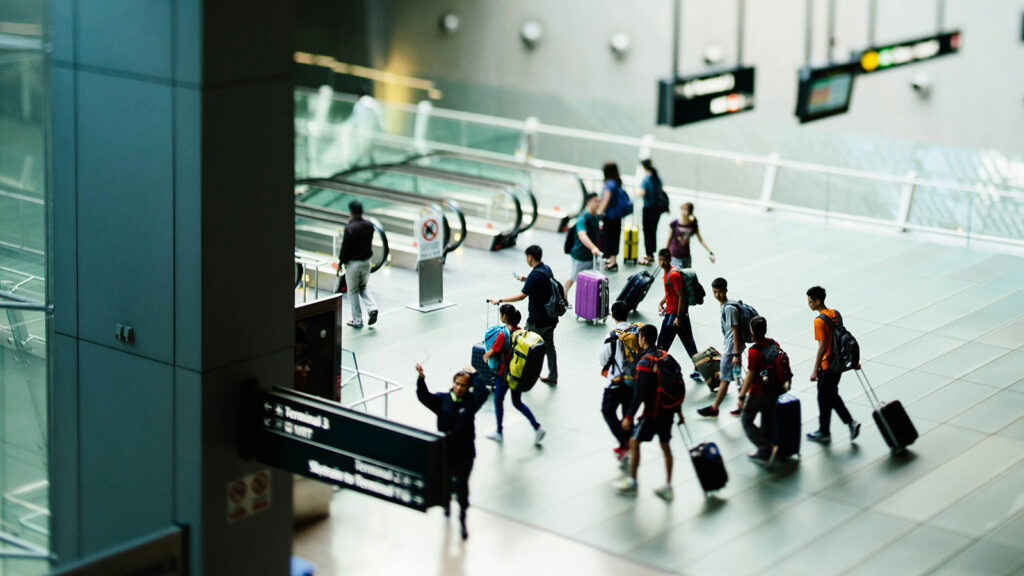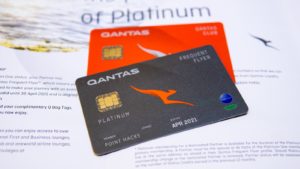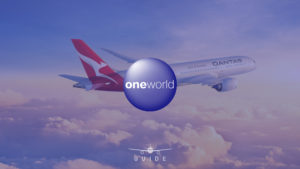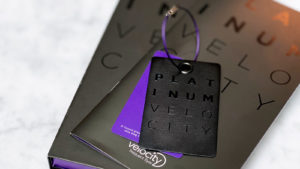Airport security queues can be lengthy in the United States. Most passengers have to remove shoes, take laptops out of bags, separate other large electronics – and generally, faff around. When you mix in the more stringent screening requirements like liquid, aerosol, gel and powder restrictions, there’s a lot to deal with once you’ve navigated the queue.
But speaking of queues, why line up if you don’t have to? Depending on where you’re flying from, there are plenty of ways to avoid joining the back of the general lane. That means less stress, more lounge time and a smoother experience. Here are some of the ways you can side-step those queues when you’re next flying from or within the USA.
Skip security queues by reserving a screening time
Regardless of your airline, cabin or status, this one’s the biggest timesaver. Did you know that at many US security screening points, you can pre-reserve a screening time?
Firstly, this means you don’t need to join the general queue. There’s a separate lane just for people who’ve thought to plan ahead. When it’s your time, just waltz on down and head straight through. Sure, it requires a bit of planning ahead. And you’re still at the mercy of how long check-in takes with your airline if you have luggage. But I haven’t even mentioned the best part – it’s free!
You read that correctly – you can skip to the front of the line, and it doesn’t cost you a cent. The only catch? Reservations are limited – so unless you book in advance, you might not be able to secure a time.
The process is known as ‘RESERVE’, by CLEAR. Don’t be confused by the name, though. You don’t need to be a member of CLEAR to book your time. In fact, if you have a CLEAR membership, you’re best not to use RESERVE. RESERVE is just a fast pass for general screening. (For those unfamiliar, CLEAR usually helps expedite airport security screening in the US, but Australian citizens generally aren’t eligible).
RESERVE is available at a range of busy airports, including Los Angeles (LAX), New York (JFK), Denver (DEN), Orlando (MCO), Phoenix (PHX) and more. But it may not be available at every terminal – or open for every flight. You can find more information – including booking links – on the CLEAR website.
Use airline fast-track to speed through security
Can’t reserve a specific screening time – or don’t know when you’ll be passing through? See if your airline or terminal offers a fast-track through security based on your cabin class or status.
This isn’t available everywhere – but keep your eyes peeled, and you may be in luck. When flying Delta One (Business Class) from Los Angeles, for instance, you can avail yourself of Delta’s dedicated check-in suite that similarly flows through to a private security checkpoint. At airports like New York JFK, there are marked Sky Priority lanes instead.
American Airlines offers services like Flagship First Check-in, which can extend to fast-track screening – and dedicated ‘priority’ lines at other airports. With United, keep your eyes peeled for Premier Access signs and lanes.
Generally, passengers travelling in premium cabins or with eligible status can use these queues, but it can vary between airlines. For instance, with American Airlines, Qantas Silver (oneworld Ruby) members can use ‘priority’ screening lanes. But only Qantas Platinum members and above (oneworld Emerald) can use Flagship First Check-in – or those travelling in a cabin sold as ‘Flagship’.
If your airline ticket or status doesn’t have you sorted, you may be able to purchase priority privileges instead. American Airlines sells Five Star Service, which will see you whisked through the airport like a VIP… or more accurately, like a ConciergeKey member. I’ve experienced this in Los Angeles and New York, and the host generally walks you to the front of the security screening queue. You’re through in moments.
Some airports have multiple screening checkpoints
Looking for a way to beat the security queues as a regular passenger? Some airports are very large, which means there can be more than one security checkpoint at the airport.
In Los Angeles, for instance, almost all terminals are now attached ‘airside’. You might be flying out of one terminal but choose to clear security in another. You could be flying Qantas out of the Tom Bradley International Terminal (TBIT), but the security line at TBIT is a bit lengthy. Clearing security over in the American Airlines terminal (T4) could be speedier instead.
You might be able to check current queue times on an airport’s website. Dallas/Fort Worth makes things even more convenient. Just look at the screens above each checkpoint to see how long the queues are elsewhere in the building. The signs show those queue times, how long it’d take to walk there, and in which direction those checkpoints are located. Of course, you can also see how long the wait is where you’re standing to help you choose the best path.
Just keep in mind that this doesn’t work everywhere. Sometimes, each terminal will have a separate checkpoint, and those terminals won’t be connected airside (after security). Arriving early is still the best option to avoid any issues.
If you can, register for TSA PreCheck and CLEAR
This option isn’t available to most Australian citizens. But if you are eligible, it’s worth considering memberships with TSA PreCheck and CLEAR.
CLEAR is designed to fast-track identity checks at the airport, while TSA PreCheck expedites the actual security screening formalities. Those who’ve qualified for Global Entry receive TSA PreCheck as part of the package. So, how do you register?
Global Entry requires an eligible passport for foreign nationals. Australians don’t make the cut (still…), but if you’re also a citizen of countries such as Germany, Singapore, or the United Kingdom, you can apply. TSA PreCheck can also be applied for directly, without Global Entry privileges. However, this option is only available to US permanent residents and US citizens—generally not for visitors to the United States.
If you are able to apply, there is a cost and an approval process to navigate. An interview may also be required. But once approved, you’ll be issued with a ‘trusted traveller number’. When booking or managing flights in the future, you’ll be able to link this number to the ticket to help trigger TSA PreCheck. This must appear on your boarding pass to be eligible.
At some airports, TSA PreCheck passengers use dedicated lanes. Here, less stringent security measures apply. For instance, you can often leave shoes on and don’t have to separate laptops from bags. At other (and often, smaller) airports, TSA PreCheck passengers share the lane with regular flyers. At the screening equipment, showing the boarding pass again can avail of those eased requirements.
Also read: Save time at US immigration with this official app
Feature image courtesy of Unsplash/Chuttersnap.
Stay up to date with the latest news, reviews and guides by subscribing to Point Hacks’ email newsletter.







Community